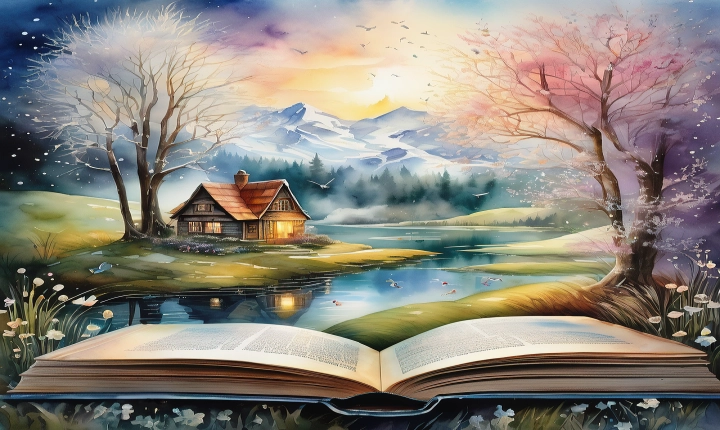Title: Harnessing the Power of AI for Drawing: A Step-by-Step Guide
Artificial intelligence (AI) has revolutionized various industries, and the world of art is no exception. With the advancement of technology, AI-powered tools have become increasingly sophisticated, offering artists new ways to express their creativity. One area where AI has made significant strides is in drawing, providing unique capabilities and possibilities for artists to explore. In this article, we will delve into the world of drawing with AI and provide a step-by-step guide on how to unleash the power of AI to create stunning artwork.
Step 1: Select the Right AI Drawing Tool
The first step to drawing with AI is to choose the right tool for the job. There are various AI-powered drawing tools available, each with its own set of features and capabilities. Some popular options include Adobe Fresco, DeepArt, and Autodesk SketchBook. Research and experiment with different tools to find the one that best suits your artistic style and requirements.
Step 2: Understand the Basics of AI Drawing
Before diving into drawing with AI, it’s important to understand the basics of how AI technology can assist in the creative process. AI-powered drawing tools use machine learning algorithms to analyze and interpret input from the artist, providing assistance in generating and refining artwork. These tools can offer features such as auto-inking, style transfer, and predictive suggestions, enhancing the overall drawing experience.
Step 3: Experiment with Auto-inking and Style Transfer
One of the fascinating aspects of drawing with AI is the ability to leverage auto-inking and style transfer features. Auto-inking automatically cleans up and refines the lines drawn by the artist, providing a smoother and more polished look to the artwork. Style transfer allows artists to apply the characteristics of different art styles to their work, opening up a myriad of creative possibilities. Experiment with these features to add unique elements to your drawings.
Step 4: Embrace Predictive Suggestions
AI-powered drawing tools often incorporate predictive suggestions based on the artist’s input. These suggestions can range from color recommendations to shape optimizations, helping artists make informed decisions while creating their artwork. Embrace and explore these predictive suggestions to see how they can enhance your drawing process and expand your creative horizons.
Step 5: Combine AI Assistance with Traditional Drawing Techniques
While AI can offer valuable assistance in the drawing process, it’s essential to combine its benefits with traditional drawing techniques. By integrating AI-powered tools with traditional methods, artists can leverage the best of both worlds, retaining the authenticity of their artistic expression while benefiting from the efficiency and innovation AI has to offer.
Step 6: Continuously Refine and Experiment
Drawing with AI is an ongoing journey of exploration and refinement. Continuously iterate on your artwork, experiment with different AI features, and embrace the innovative possibilities AI brings to the table. By staying curious and open-minded, artists can unlock new levels of creativity and expression with AI-powered drawing tools.
In conclusion, drawing with AI presents an exciting frontier for artists to explore. By selecting the right AI drawing tool, understanding the basics of AI drawing, embracing auto-inking, style transfer, and predictive suggestions, combining AI assistance with traditional techniques, and continuously refining and experimenting, artists can harness the power of AI to create stunning and innovative artwork. As technology continues to evolve, the potential for AI in drawing will only grow, offering artists endless opportunities to push the boundaries of their creativity.
